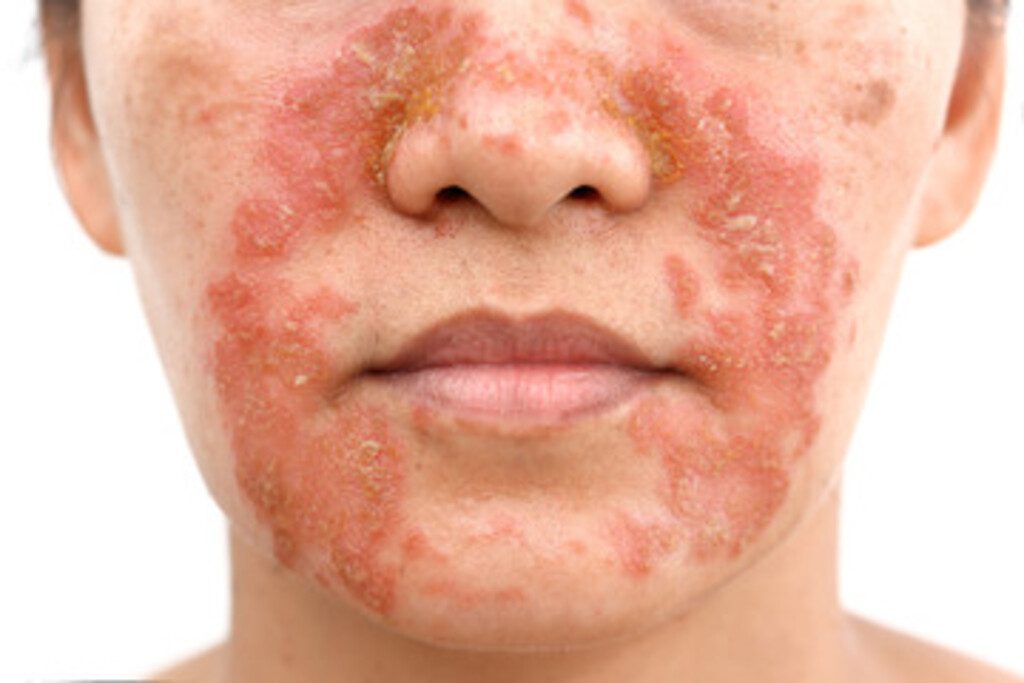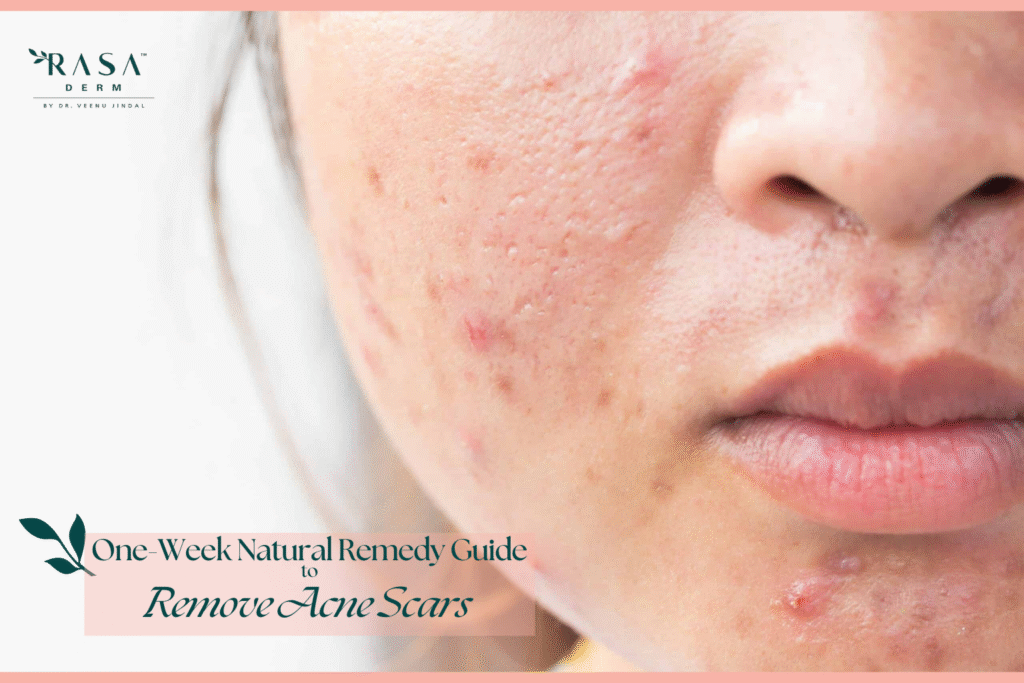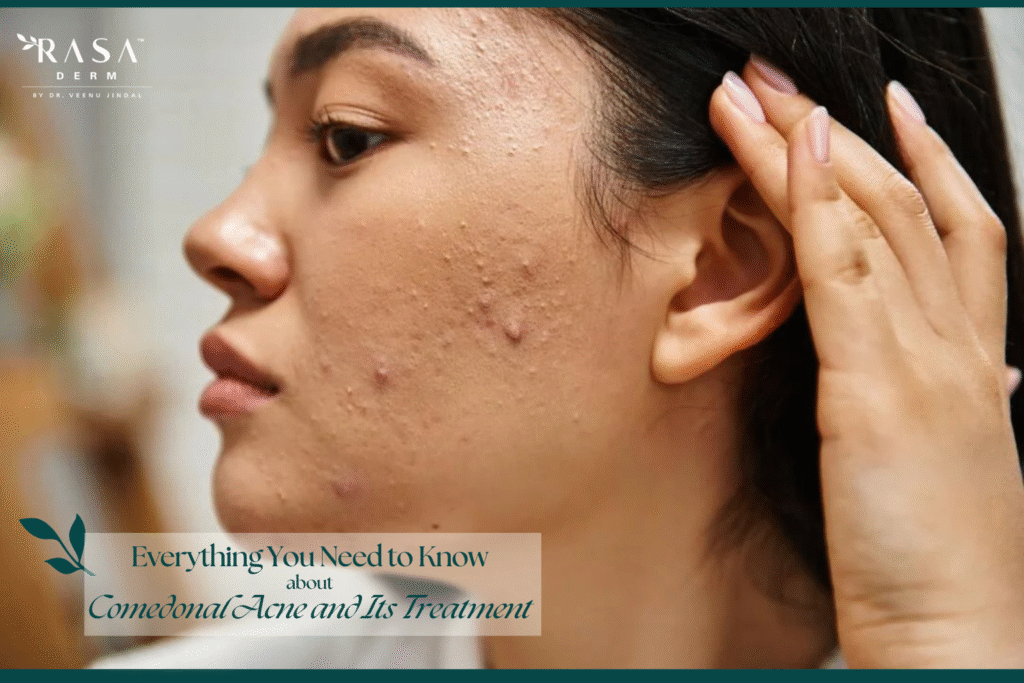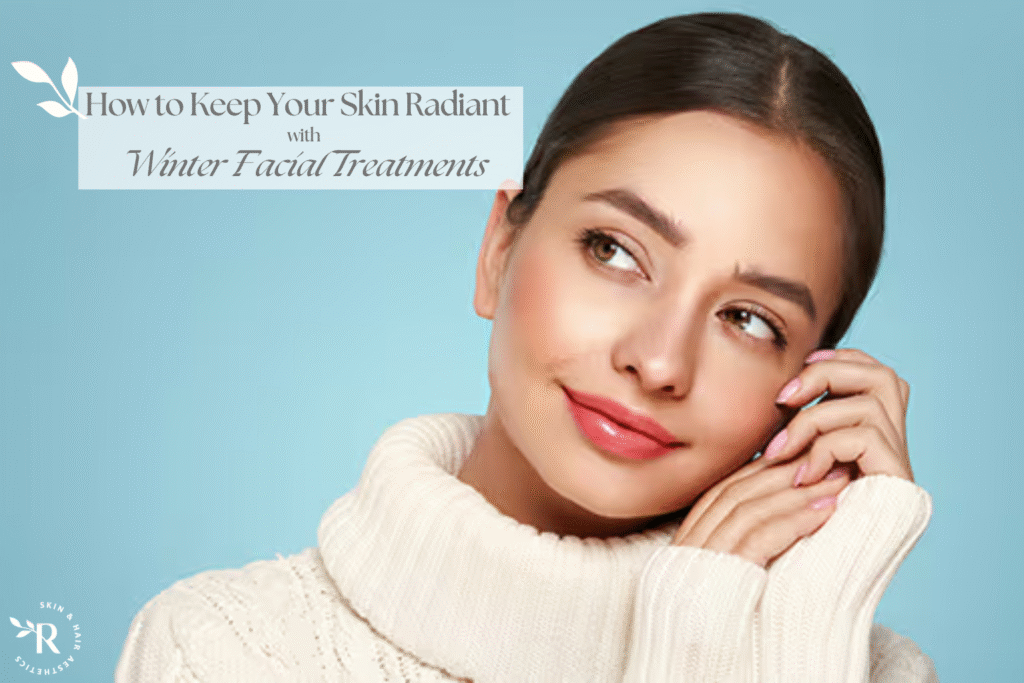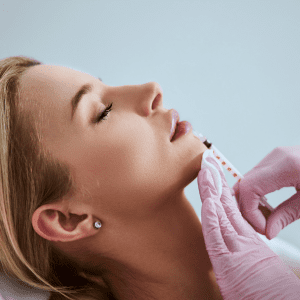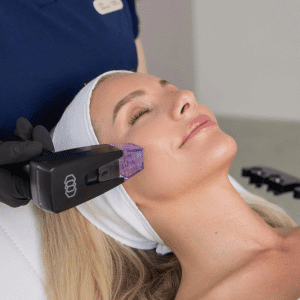When someone has eczema, which is short for “atopic dermatitis,” their skin is red, itchy, and dry all the time. Even though it usually starts in childhood, atopic dermatitis affects a lot of adults and many get it later in life. This condition can have a big effect on quality of life because itching all the time can be painful, cause skin diseases, and get in the way of daily activities.
This blog post will talk about the causes, symptoms, and treatment choices for atopic dermatitis in adults, including both medical treatments and home remedies.
In short, what is atopic dermatitis?
Eczema type atopic dermatitis happens when the skin barrier isn’t strong enough, letting moisture leave and irritants get inside. This makes the skin dry, red, and often cracked. Atopic dermatitis is a chronic disease, which means it can last for years and can get worse for reasons inside or outside the body.
Even though atopic dermatitis is most often seen in children, it can also happen to adults, and many people still have symptoms as adults.
What Makes Adults Get Atopic Dermatitis?
Atopic dermatitis is a multifactorial disease, which means that it is caused by more than one thing. It’s still not clear what caused it, but genetic, environmental, and immune system factors all play a part.
1 Genetics
Atopic dermatitis is more likely to happen if someone in your family has eczema, asthma, or hay fever. People who are genetically more likely to get eczema often have a change in the gene that makes filaggrin, a protein that helps keep the skin’s barrier function. If you don’t have enough filaggrin, your skin is more likely to get dry and irritated.
2. A problem with the immune system
Atopic dermatitis is often caused by an immune system that works too hard. The immune system of people with eczema often overreacts to things in their surroundings, which damages and irritates the skin. This can make the skin more sensitive to things that irritate or bother it.
3. Triggers in the Environment
Some outside factors can make atopic dermatitis worse and cause flare-ups, such as
– Harsh weather : Air that is cold and dry in the winter or too hot and muggy in the summer can make the skin worse.
– Allergens : Mold, pet dander, dust mites, and pollen can make conditions worse.
– Soaps, soaps, perfumes, and some fabrics can irritate skin that is already sensitive.
– Stress: Adults with eczema have been known to get flare-ups when they are emotionally stressed.
Adults with IBD may find that eating certain foods, like dairy, gluten, or eggs, can cause flare-ups.
- Problems with the skin barrier
When adults have atopic dermatitis, their skin layer is often weaker. This makes it easier for irritants and allergens to get through and lose water. Because the barrier function isn’t working as well, dangerous substances can get into the skin more easily, causing irritation and inflammation.
What Adults with Atopic Dermatitis Feel and See
The intensity of atopic dermatitis symptoms can range from mild irritation to severe, widespread inflammation. Often, the disease goes through cycles of flare-ups and remissions.
Common Symptoms: – Dry, itchy skin : One of the most noticeable symptoms is intense itching, especially at night. It can get worse by scratching, which can make the skin even more irritated and thick.
Patches of red, swollen skin: These can show up anywhere on the body, but most often they are on the hands, neck, inner elbows, knees, and face.
– Skin that is thick or scaly: Scratching or rubbing the skin over and over can make it thicken (lichenification) and feel like leather.
– Crusting or oozing : In some cases, the swollen areas may get crusty or leak fluid, which is a sign of an infection.
– Patches of dark or reddened skin: Skin that has chronic eczema may look darker or lighter than the skin around it.
Other signs that you might have are: painful, cracked skin : In severe cases, the skin can get so dry and sensitive that it cracks, which can be painful and lead to an infection.
– Health problems: Scratching can break the skin, which makes it more likely to get an infection from germs. Swelling, pain, warmth, and pus are all signs of an illness.
How to Treat Atopic Dermatitis in Adults
Taking care of atopic dermatitis involves many steps, such as keeping the skin wet, lowering inflammation, and finding and staying away from things that cause the condition. Usually, the treatment plan is made based on how bad the situation is and what symptoms the person is having.
- Treatments that are put on the skin
Use of moisturizers (emollients) on a regular basis is very important for controlling atopic dermatitis. Emollients help keep wetness in the skin and make the barrier function stronger. A lot of the time, thick creams or ointments (like those with glycerin or ceramides) are better than balms.
– Topical Corticosteroids : These are anti-inflammatory drugs that are put on the skin directly to make it less red and itchy. They come in different strengths; mild steroids are used on sensitive areas, while stronger steroids are used on areas with thicker skin or more serious flare-ups.
– Topical calcineurin inhibitors: Medicines like tacrolimus and pimecrolimus can be used instead of corticosteroids, especially on the face and neck, which are sensitive areas. They help keep the immune system from overreacting, which can lead to inflammation.
- Medicines taken by mouth
– Oral antihistamines: These block the body’s histamine response, which is a key cause of allergic reactions and itching. They can help lessen itching and improve sleep.
– Oral Corticosteroids: If you have serious eczema, your doctor may give you a short course of oral corticosteroids to quickly reduce inflammation. But because they might have side effects, these medicines are usually only taken for short periods of time.
Drugs like cyclosporine, methotrexate, and azathioprine may be used to treat people with severe eczema that doesn’t get better with other treatments. These medicines lower inflammation by making the immune system less active.
3: Biologic Therapies
Biological medicines, like dupilumab, target specific parts of the immune system that cause inflammation in eczema. Adults with mild to severe atopic dermatitis that hasn’t improved with other treatments are often given these.
4: Phototherapy
Phototherapy, also called light therapy, involves shining UV light on the skin in a controlled way. UVB phototherapy is often used to help people with chronic eczema feel less itchy and swollen. This treatment may work especially well for people with atopic dermatitis that is widespread or won’t go away.
Natural Ways to Treat Atopic Dermatitis
A lot of adults with atopic dermatitis choose to use natural cures along with medical ones to make their condition better. Even though these treatments might not be a replacement for medical care, they can help lessen flare-ups and keep the skin moist.
1:Coconut Oil
Coconut oil can help soothe dry, itchy skin because it naturally reduces inflammation and keeps the skin wet. Extra pure coconut oil may help stop the itching and keep the skin moist if you put it on the affected areas.
2:Oatmeal baths
Colloidal oatmeal, which is made from oats that have been ground very fine, can help calm skin that is red and itchy. Soaking in a hot bath with oatmeal for 10 to 15 minutes can help soothe skin that is red and itchy.
3: Aloe Vera
Aloe vera has been used to treat skin problems for hundreds of years. It can help stop burning and reduce redness because it cools and reduces inflammation.
4: Make calendula cream.
Calendula is a flowering plant that is known to help with inflammation. It can be used as a cream to soothe skin irritation and keep it moist.
5: Wet Wrap Therapy
As part of wet wrap treatment, moistened skin is wrapped in wet bandages to help hydrate and calm flare-ups. This method makes the skin’s barrier against wetness better and lessens itching.
How to Keep Atopic Dermatitis From Flaring Up
For people with chronic atopic dermatitis, avoiding flare-ups is very important. Here are some ways to make flare-ups less likely to happen:
- Use Gentle Skincare Products : Pick cleansers, soaps, and lotions that don’t have any scents and are safe.
- Moisturize Daily : Use moisturizers every day, especially after a bath, to keep the skin wet and protect the barrier.
- Find and Avoid Triggers : Keep track of your symptoms to find any things in your surroundings or way of life, like certain foods, allergens, or stress, that may cause flare-ups.
- Wear Soft Fabrics : Stay away from rough, scratchy fabrics like wool and choose soft, airy fabrics like cotton instead.
- Manage Stress : Doing things that help you relax, like yoga, meditation, or deep breathing, can help you handle flare-ups that are caused by stress.
Final Thoughts
Atopic dermatitis in adults can be a long-lasting and painful condition, but it can be managed with the right medicine and changes to how you live your life. Medical treatments, good skin care, and herbal remedies can all work together to ease symptoms and stop flare-ups. Living with atopic dermatitis can be hard. At Rasa Derm, we understand that. With the help of Dr. Veenu Jindal , we make individualized treatment plans that aim to improve skin health and quality of life.
If you are having trouble with adult eczema or atopic dermatitis, don’t wait to make an appointment to get professional help and a treatment plan that is just right for you.


